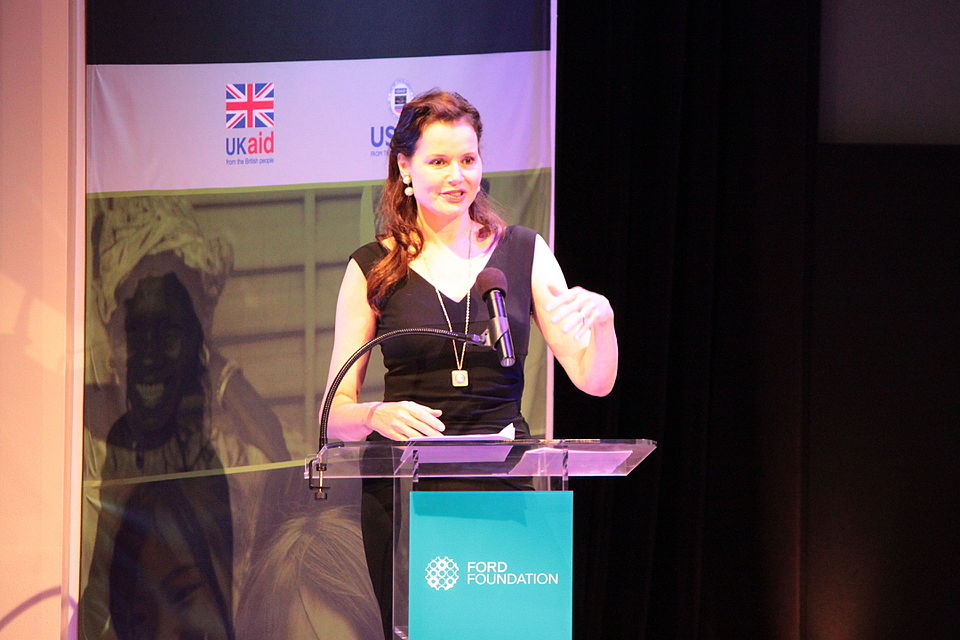Children's Television: 60 Years of Reinforcing Gender Stereotypes

A recent study published in *Psychological Science* reveals that children's television has perpetuated harmful gender stereotypes for over six decades, with little to no improvement in representation. Researchers analyzed scripts from 98 popular children's shows in the U.S., covering a timeline from 1960 to 2018. The analysis spanned 6,600 episodes, 2.7 million sentences, and 16 million words, highlighting a troubling trend in language use that persists in reinforcing traditional gender roles.
According to the findings, male characters are predominantly portrayed as active 'doers,' while female characters are often depicted as passive recipients of action. This gender imbalance is evident in dialogue frequency, with male-oriented language being used substantially more than female-oriented language. In 1960, male pronouns and terms were used twice as often as female ones; by 2018, this disparity had only marginally improved, with male words still appearing 50% more frequently.
The researchers, led by Professor Andrei Cimpian of New York University, employed natural language processing tools to identify patterns in the scripts. They found that not only do male characters dominate the dialogue, but they also engage more in discussions surrounding financial matters. Instances of money-related terms were 24% more likely to be associated with male characters. Furthermore, the gap in agency-related language—words associated with power and achievement—has widened over time, signaling a continuous trend of male dominance in children's narratives.
The implications of these findings are significant. Children absorb messages from the media they consume, and exposure to shows that consistently favor male agency may influence their perceptions of gender roles in real life. Cimpian stated, 'These biases aren’t just about who gets more lines; they’re about who gets to act, lead, and shape the story.' This message is particularly concerning in an age where artificial intelligence is increasingly used to generate scripts based on existing content, thus potentially perpetuating the same biases seen in traditional programming.
Experts argue that the media's portrayal of gender roles can shape societal norms, reinforcing the idea that leadership and agency are inherently male qualities. The persistence of these stereotypes in children's programming raises urgent questions about the responsibility of content creators to provide more balanced representations. As society strives for gender equality, addressing these biases in children's media becomes essential. The study serves as a call to action for parents, educators, and content creators to critically evaluate the media consumed by children and advocate for changes that promote gender equity.
In light of these findings, it is imperative for stakeholders in children's media to recognize the influence of their narratives and take proactive steps to promote balanced and equitable representations of gender. Failure to do so risks fostering a generation that internalizes outdated stereotypes, ultimately hindering progress toward gender equality in adulthood.
Advertisement
Tags
Advertisement





